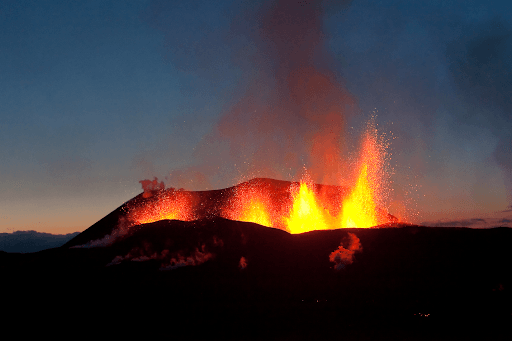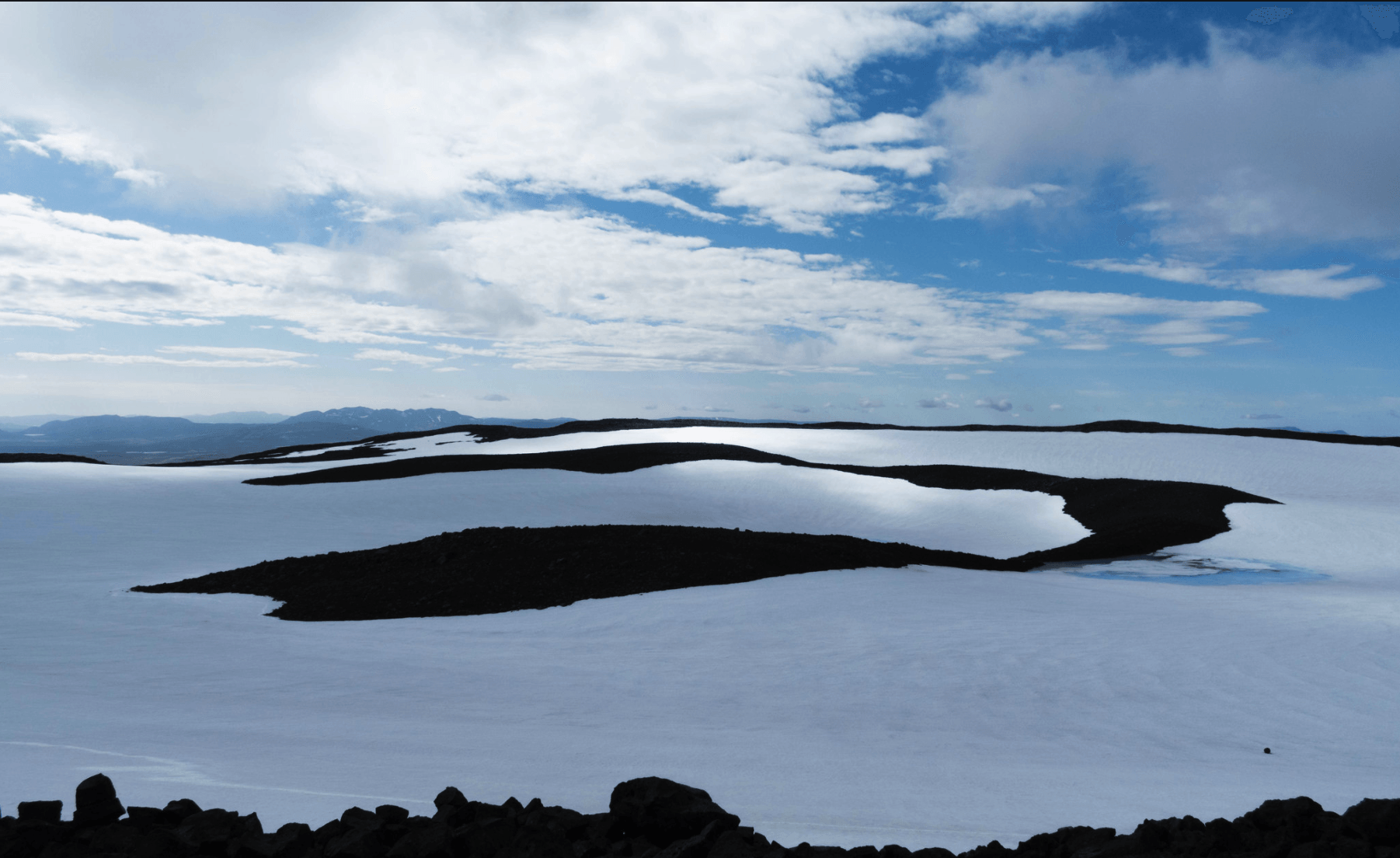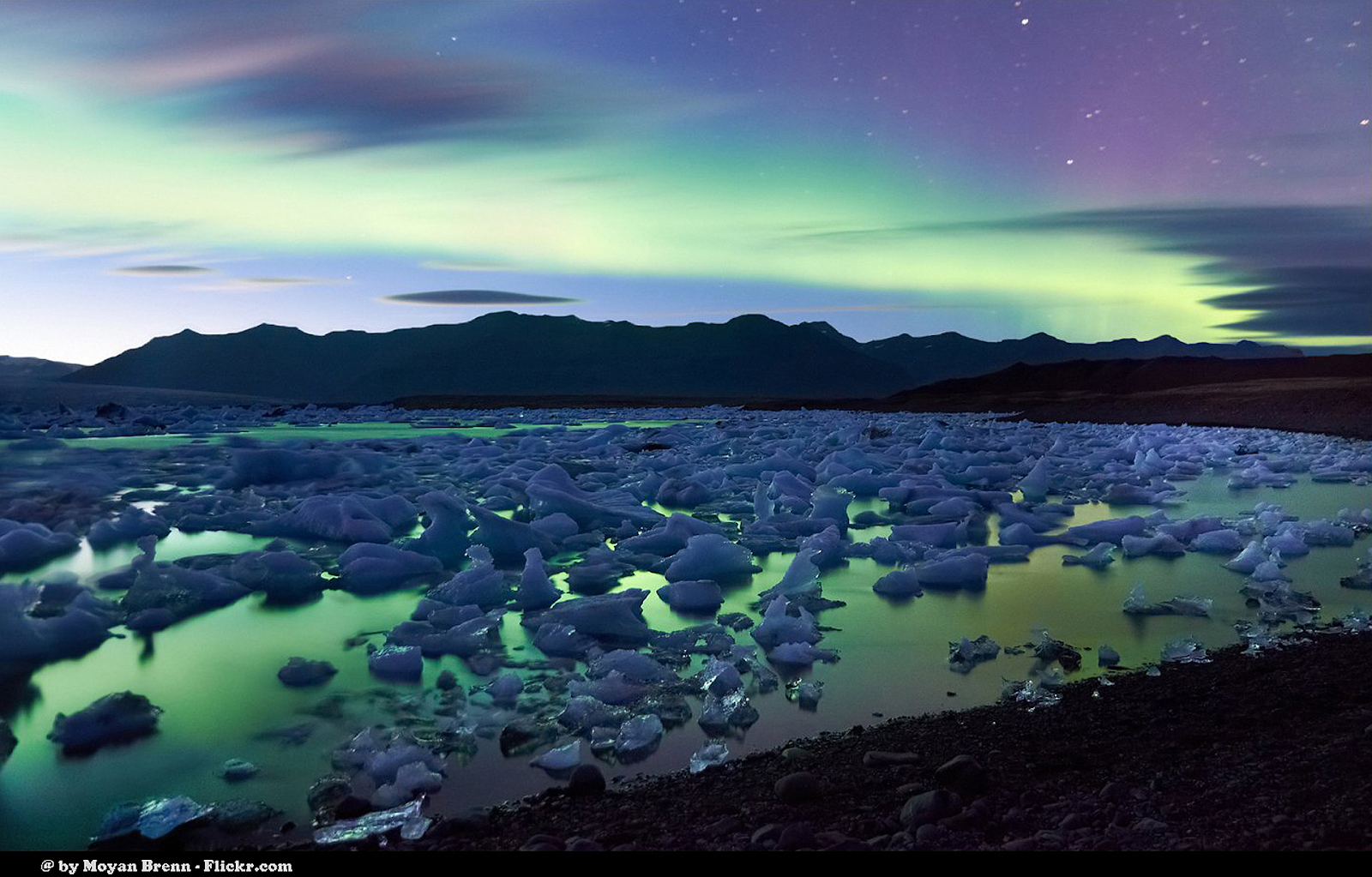
Iceland has long been regarded as one of the ultimate countries to tick off travellers bucket lists. From watching the famous Northern Lights to exploring glaciers, volcanoes, mountains, hot springs, tearing tectonic plates, black sand beaches and much more it’s clear to see how it earned its reputation.

What caused Iceland’s Eyjafjallajökull volcano to erupt in 2010, and what were the consequences? Can Iceland expect more volcanic eruptions in the future? Where can you learn more about these fascinating geological forces? Read on to find out all there is to know about the 2010 Eyjafjallajökull eruption in Iceland.

Situated in a perfect spot in the auroral oval, as well as being isolated in the middle of the Atlantic and just outside the realms of the Arctic Circle provides the best climate, tranquility and wondrous environments to watch nature's greatest show play out above our heads. Without the rich folklore, spectacular terrains and passionate Icelanders, watching the Northern Lights during a winter in Iceland just wouldn’t be quite as special.
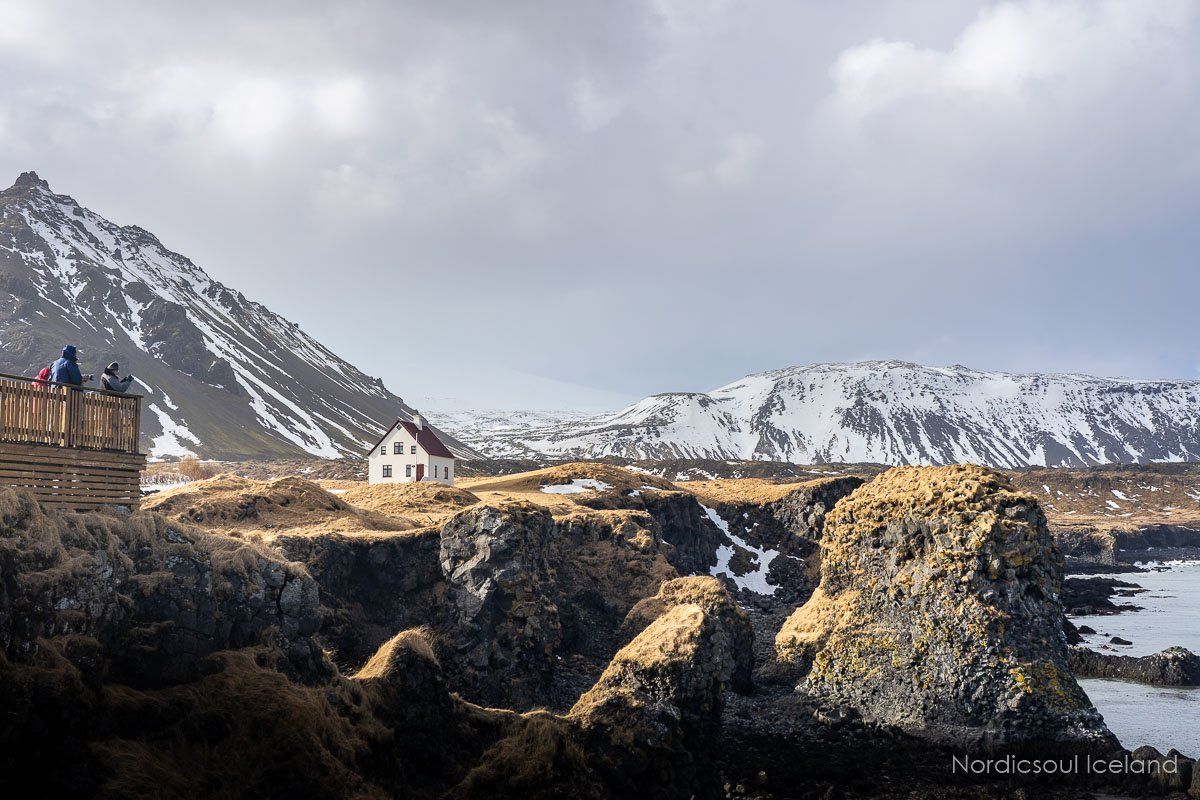
If you’re planning a visit to Iceland, then the west of the country needs to be high on your list. With an abundance of rugged landscapes of mountains, lava fields, waterfalls, lava caves and a tranquil spa destination, it’s the perfect region to take your time exploring.
However, what are the best things to sightsee in West Iceland? Where do you definitely need to stop off at? What are the hidden gems of this region? And, what do locals recommend for the optimum experience?
In this blog, I will answer all these questions and more, from the geological and volcanic wonders to the most incredible viewing points to get the very best from your trip to West Iceland.

Author: Michael Chapman Where is the Deildartunguhver hot spring in Iceland, and what is the best way to visit? Just how powerful is Deildartunguhver, and can you find hot springs in Iceland elsewhere? Read on to find out more information about Deildartunguhver (and other Hot Springs) in Iceland. Bathing in geothermal hot springs regularly crops up among the most exciting activities one can participate in when visiting Iceland. Just like the Midnight Sun , or the majestic Northern Lights , geothermal spas have become synonymous with this small Nordic isle. Many guests are looking to keep their experience as authentic as possible, relaxing in waters that are naturally drawn from beneath the earth. It should be made clear that not all hot springs are safe to enter. That’s not to say guests won’t find some dotted across the island—noticeably, in the Highlands or Reykjadalur Valley—but those looking for a natural experience paired with well-managed luxury will find specialised spas and resorts the most rewarding. For instance, many travellers passing through the sublime landscapes of West Iceland might notice clouds of white steam billowing on the horizon. This is because they are nearby to the famous Deildartunguhver hot spring, one of the area’s best, yet lesser-known natural attractions. Visiting this site is made all the better given the luxurious Krauma Spa sits just on its doorstep, offering both sightseeing and bathing opportunities.
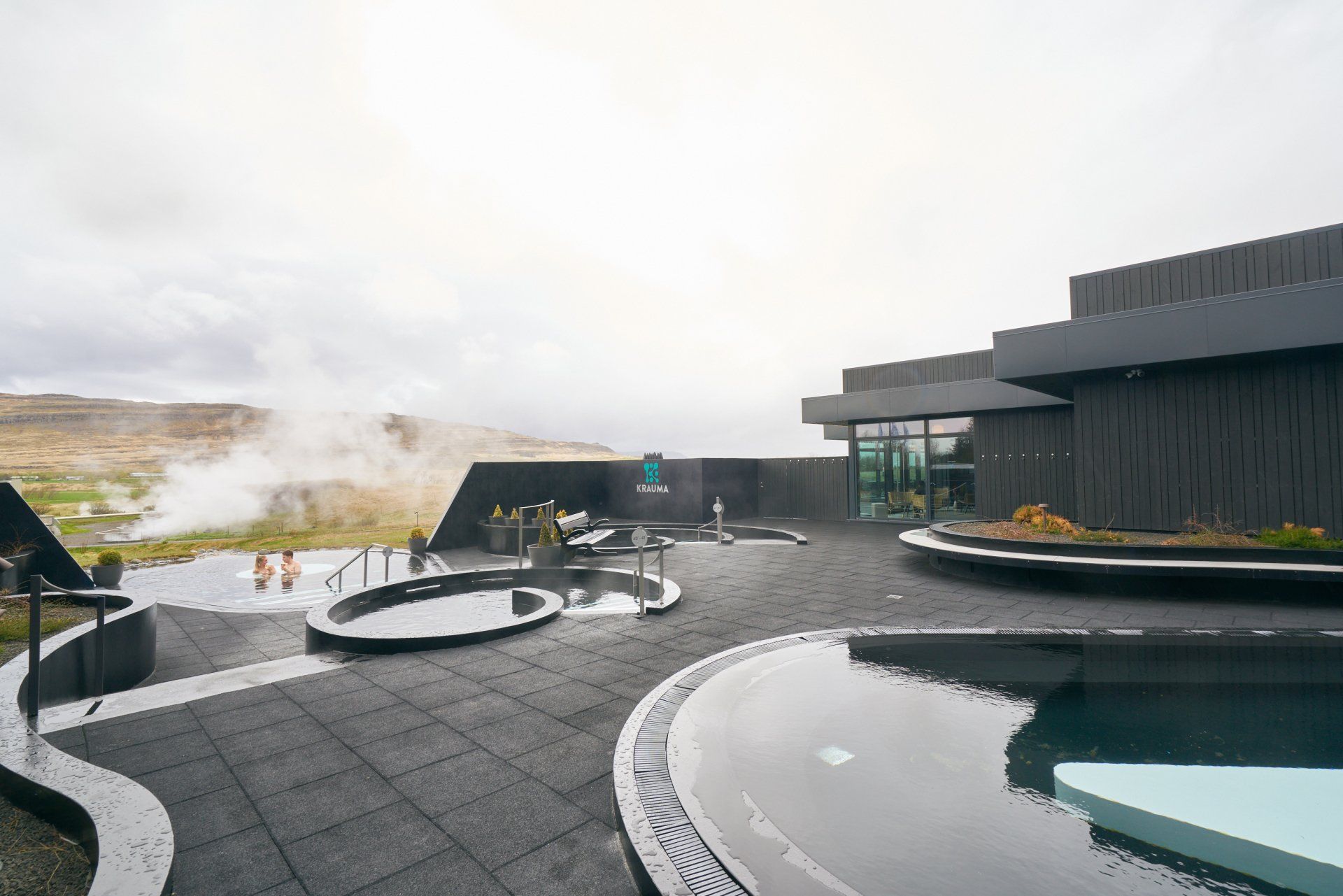
Did you know that bathing in geothermal water is an Icelandic tradition that dates back to the twelfth century and the actual settlement of Iceland? Flashforward to present day, and one of the main appeals for travellers coming to Iceland is still the wonder of bathing in geothermal water. Offering slightly more comfort than the primitive pools of the middle age, today’s geothermal spas in Iceland have made way for luxury experiences embedded in raw Icelandic nature. Continue reading to find out how the geothermal spa in Iceland became what it is today.



